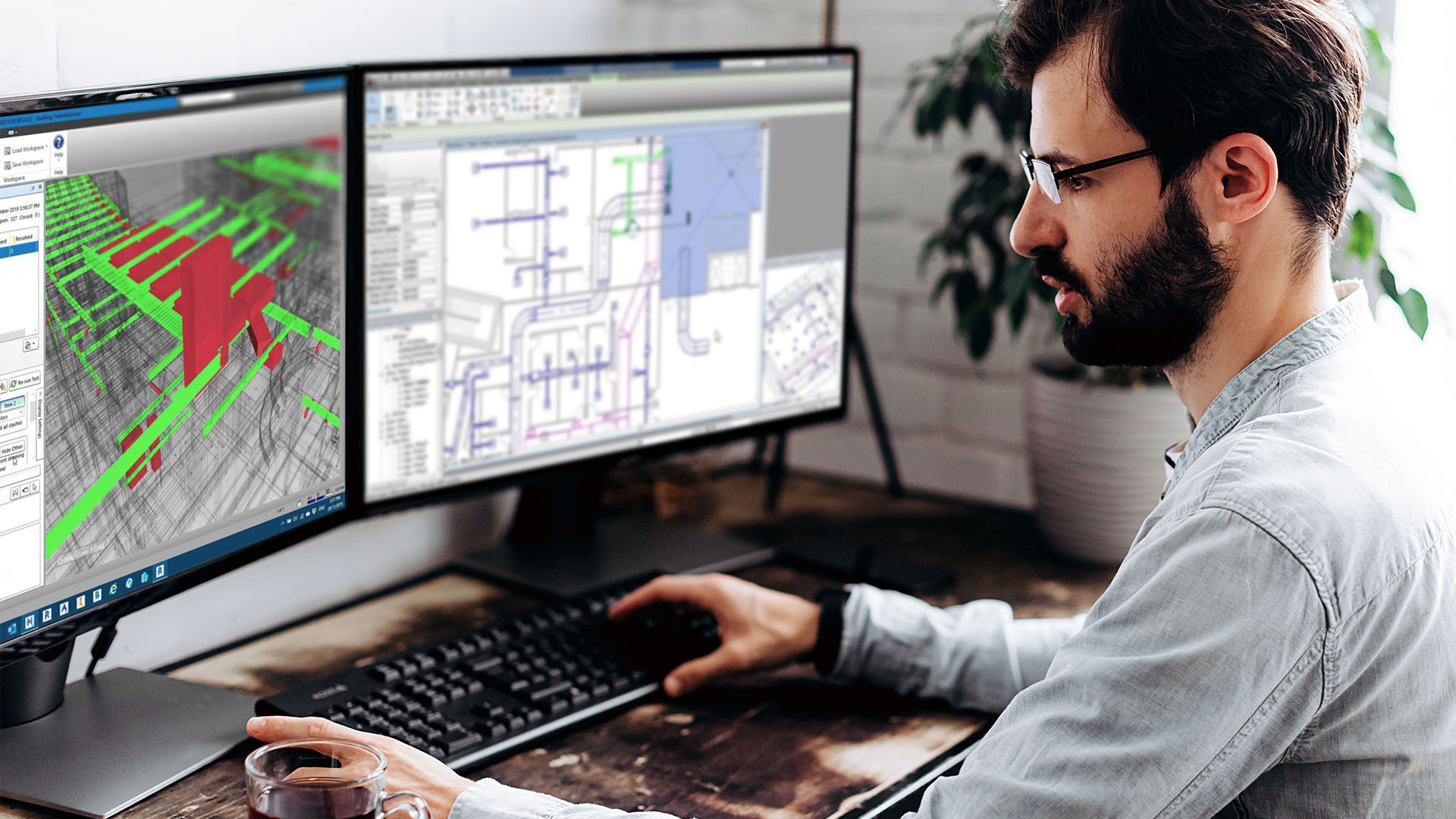In the ever-evolving world of architecture, engineering, and construction (AEC), Building Information Modeling (BIM) has become the new standard. At the heart of this transformation is Autodesk Revit, a powerful software that enables professionals to plan, design, manage, and build infrastructures and buildings with accuracy and efficiency. As a result, Revit technicians have become indispensable in the AEC industry. If you’re considering a Revit job, this comprehensive guide will walk you through everything you need to know to start and grow your career as a Revit technician.
Who is a Revit Technician?
A Revit technician is a specialist who uses Revit software to produce detailed drawings, 3D models, and documentation for architectural, structural, or mechanical projects. They collaborate with architects, engineers, and project managers to develop and refine building designs using BIM methodologies.
Their responsibilities often include:
- Creating and modifying 3D models
- Preparing construction drawings
- Coordinating with multidisciplinary teams
- Ensuring designs meet compliance and code standards
- Performing clash detection and design audits
Why Pursue a Revit Job?
1. High Demand
As BIM adoption continues to grow globally, so does the demand for skilled Revit technicians. From boutique architectural firms to multinational construction companies, the need for Revit experts is stronger than ever.
2. Competitive Salaries
According to salary surveys and job portals, Revit jobs can offer attractive compensation. Entry-level Revit technicians may start around $40,000-$50,000 annually, with senior professionals earning upwards of $80,000 to $100,000, depending on experience and location.
3. Diverse Opportunities
Revit technicians are needed in various sectors including:
- Architecture
- Structural engineering
- Mechanical, Electrical, and Plumbing (MEP)
- Interior design
- Urban planning
- Construction management
Key Skills for a Successful Revit Technician
If you’re aiming to succeed in a Revit job, here are the essential skills you should develop:
1. Proficiency in Autodesk Revit
This is a no-brainer. You must understand the software thoroughly — from modeling and annotation tools to family creation and scheduling.
2. Knowledge of BIM Processes
Understanding BIM workflows, data exchange formats (like IFC), and coordination techniques will make you more valuable on multidisciplinary projects.
3. Technical Drafting Skills
You should know how to prepare precise technical drawings, floor plans, elevations, and construction documents.
4. Attention to Detail
Small mistakes in modeling or documentation can lead to significant errors in the construction process.
5. Collaboration and Communication
Revit technicians often work closely with engineers, architects, and project managers, so effective communication is crucial.
Educational Pathways
There are multiple routes to becoming a Revit technician. Common options include:
- Diploma in Architectural Technology
- Bachelor’s degree in Architecture or Engineering
- Specialized Revit or BIM certification courses
Numerous online platforms also offer training in Revit, including Coursera, LinkedIn Learning, and Udemy.
Certifications That Can Boost Your Revit Career
While not always mandatory, certifications can significantly enhance your profile in the job market:
- Autodesk Certified Professional: Revit for Architecture
- Autodesk Certified Professional: Revit for Structural Design
- Autodesk Certified Professional: Revit for MEP
- Certified BIM Technician or BIM Modeler
How to Land Your First Revit Job
1. Build a Strong Portfolio
Include your best Revit models, technical drawings, and collaborative projects. Use a professional format and consider showcasing your work on platforms like Behance or a personal website.
2. Get Real-World Experience
Internships, apprenticeships, or even freelance BIM projects can give you the edge needed to land your first Revit job.
3. Network with Industry Professionals
Attend BIM conferences, join LinkedIn groups, and participate in local AEC meetups to connect with professionals who might help you get your foot in the door.
4. Keep Learning
The AEC industry is constantly evolving, and so is Revit software. Stay updated with the latest features, plugins, and best practices.’Career Progression for Revit Technicians
With experience and additional training, Revit technicians can move into roles such as:
- BIM Coordinator
- BIM Manager
- Project Manager
- Revit Trainer or Consultant
- Architectural Designer
- MEP Modeler
Many professionals use their Revit expertise as a stepping stone to higher-level BIM or design roles.
FAQs About Revit Jobs and Careers
Q1: What is the average salary of a Revit technician?
A: Salaries vary by experience and location. Entry-level Revit technicians typically earn between $40,000 and $55,000 annually. With 3-5 years of experience, you can expect between $60,000 and $80,000 or more.
Q2: Do I need a degree to get a Revit job?
A: While a degree in architecture, engineering, or drafting is beneficial, it’s not always mandatory. Strong Revit skills, a good portfolio, and relevant certifications can often compensate for formal education.
Q3: Can I work remotely as a Revit technician?
A: Yes, many firms offer remote or hybrid work options, especially for experienced technicians. Cloud-based BIM collaboration tools like Autodesk BIM 360 have made remote collaboration more accessible.
Q4: Is Revit only used in architecture?
A: No, Revit is used across architecture, structural engineering, MEP (Mechanical, Electrical, Plumbing) design, and even in construction and interior design industries.
Q5: How long does it take to learn Revit?
A: You can learn the basics of Revit in a few weeks, but becoming proficient enough for professional work may take 3 to 6 months of consistent practice and study.
Final Thoughts
Embarking on a career as a Revit technician offers both stability and growth potential in today’s technology-driven construction and design industries. As more companies adopt BIM (Building Information Modeling) and advanced 3D modeling for efficient and intelligent project execution, the demand for skilled Revit professionals continues to soar. Whether you’re a student evaluating your career options or a professional looking to pivot into a more future-focused role, now is the ideal time to pursue a Revit job and make your mark in this rapidly evolving field. And if you’re preparing for interviews, don’t forget to review the Revit Interview Questions to boost your confidence and stand out to potential employers.
With the right training, dedication, and networking, you can build a successful and fulfilling career in the AEC industry. Start today by learning Revit, gaining hands-on experience, and connecting with professionals in the field — your dream Revit job might be just around the corner.









